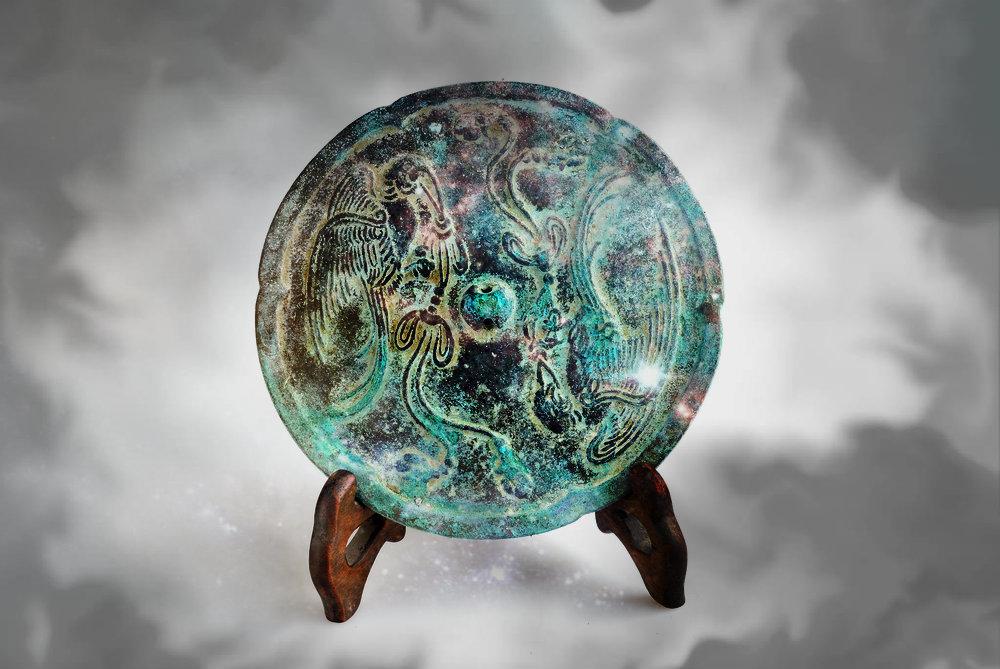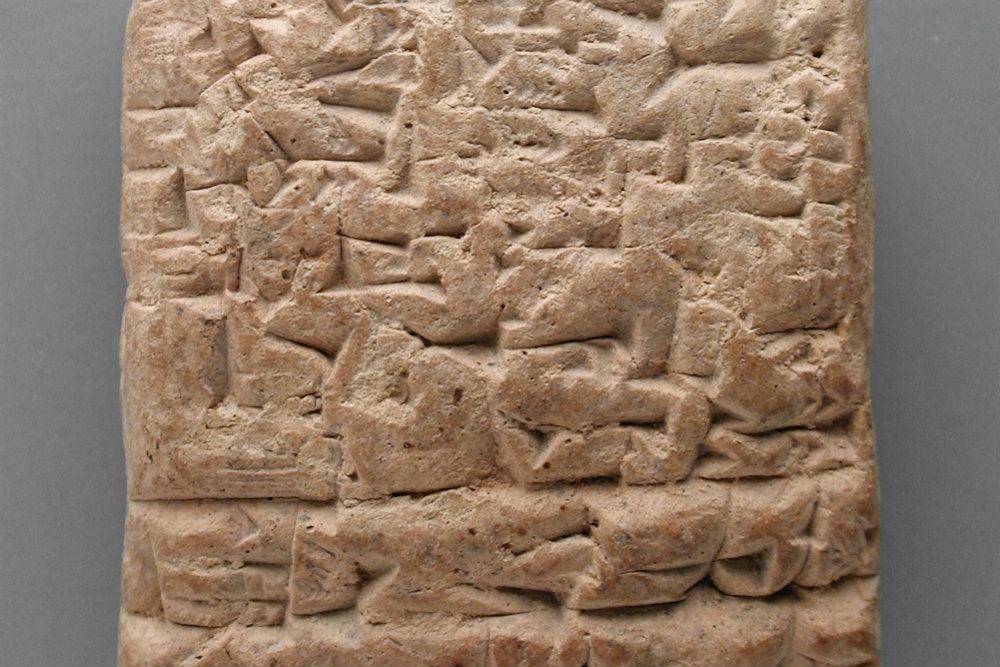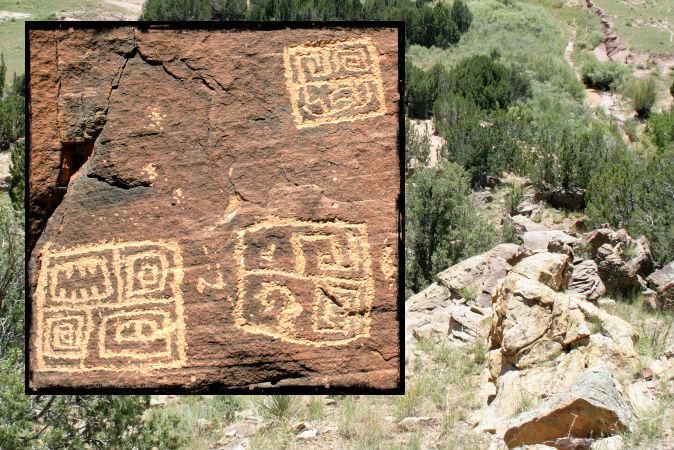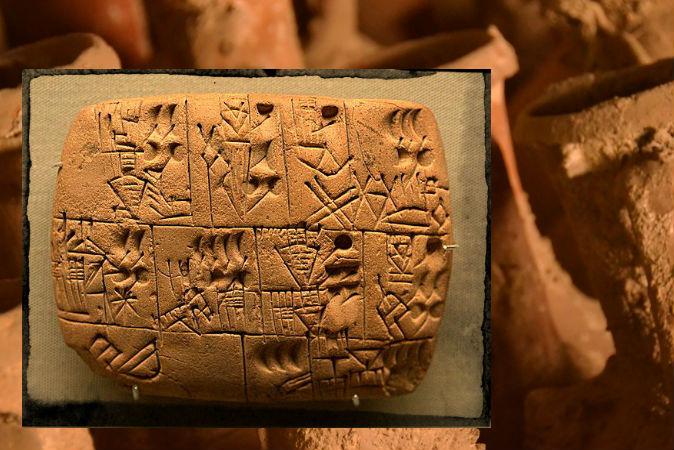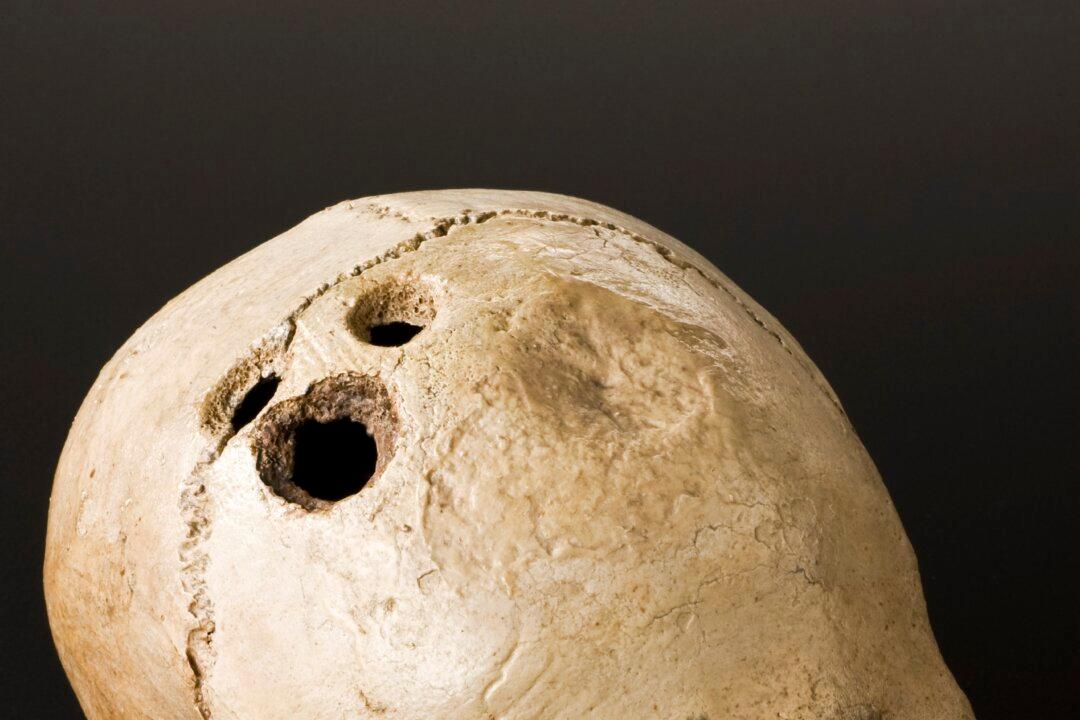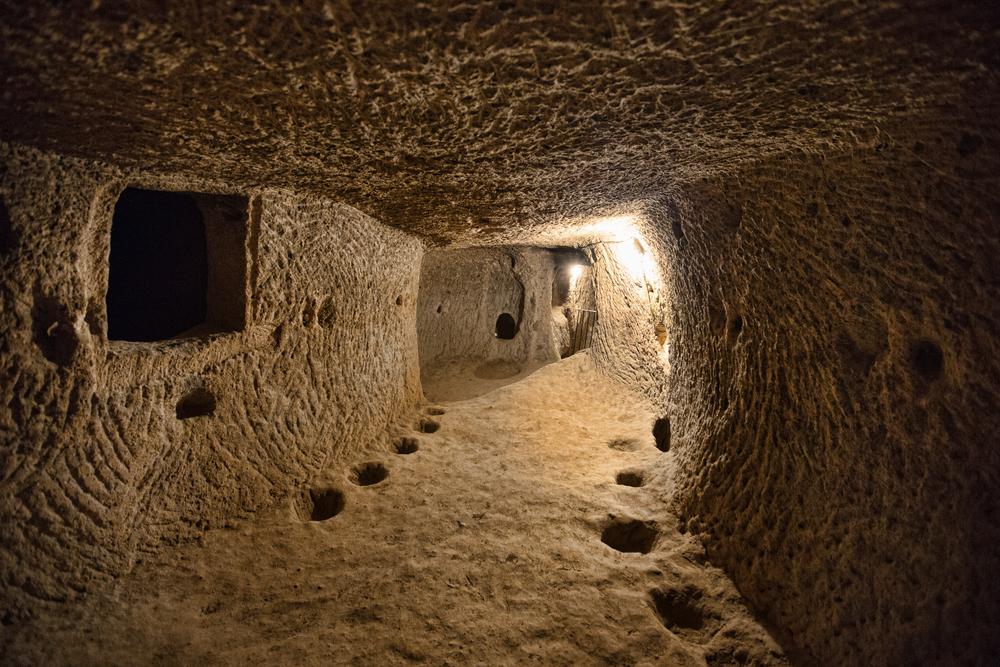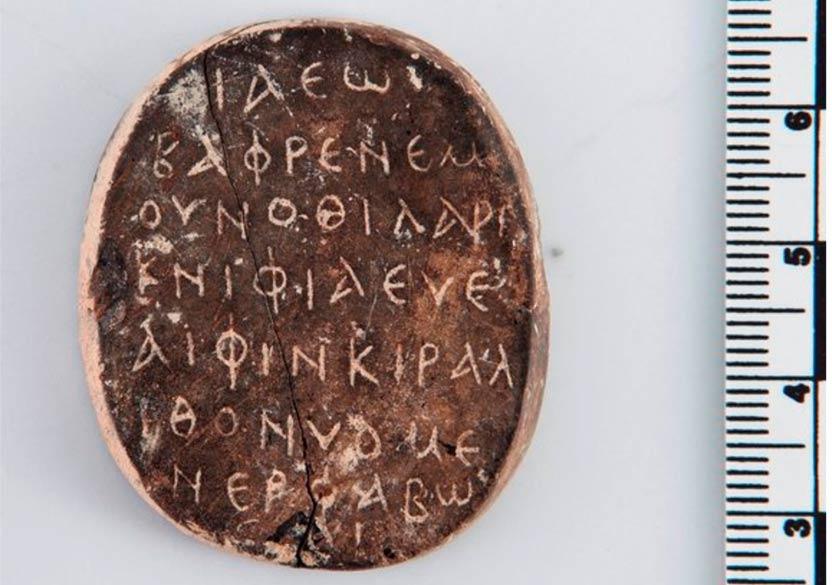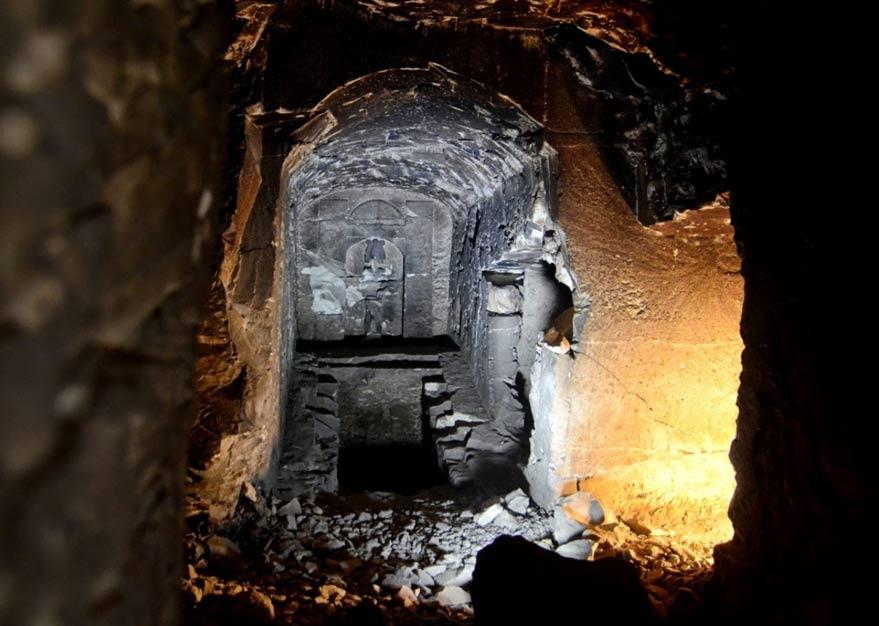Focus
ancient civilizations
An Ancient Mystery: Searching for the Lost Tomb of Antony and Cleopatra
Mystery surrounds the most famous pair of lovers in ancient history.
|
Did a Native American Travel With the Vikings and Arrive in Iceland Centuries Before Columbus Set Sail?
Did a Native American set foot on European soil long before we previously thought?
|
Ancient Wonders: The Secret of Real-Life Magic Mirrors in the Far East
Rare Chinese and Japanese bronze mirrors have the strange property of seeming both opaque and transparent at the same time!
|
4,000-Year-Old Ancient Babylonian Tablet Is Oldest Customer Service Complaint Ever Discovered
It was considerably more difficult to file a customer complaint when you had to chip it into stone and send it by foot messenger!
|
New Evidence Ancient Chinese Explorers Landed in America Excites Experts
Will the history books change? Evidence suggests the Chinese got to America before the Europeans.
|
An Ancient Mystery: Where Is the Tomb of Genghis Khan?
Many Mongolians believe exhuming a corpse will destroy its soul. Genghis Khan went to great lengths to prevent that happening to him!
|
Mummy Found Inside 1,000-Year-Old Buddha Statue
A Buddha statue dating back to the 11th or 12th century was examined by CT scan and endoscopy in the Netherlands late last year, revealing that it encapsulated the mummified remains of the Buddhist Master Liuquan.
|
Advanced Ancient Knowledge: Brain Surgery 2,500 Years Ago
People in ancient times had more advanced levels of scientific understanding than we commonly give them credit for.
|
Orichalcum: Legendary Metal of Atlantis Found in 2,600-Year-Old Shipwreck
The mysterious metal spoken of in ancient Greece, said to glimmer with a reddish light in Atlantis, may have been found.
|
Who Built the Underground City of Derinkuyu?
Who built the Derinkuyu underground city and why? One among several theories is that it was a shelter during the last ice age!
|
Ancient Greek Amulet With Strange Palindrome Inscription Discovered in Cyprus
Archaeologists in Cyprus have unearthed a 1,500-year-old amulet in the ancient city of Nea Paphos in Cyprus, which contains a curious palindrome inscription—a text that reads the same both backwards and forwards—as well as several images believed to represent the Egyptian god Osiris, god of silence, Harpocrates, and a dog-headed mythical being.
|
Hoard of 5,000 Anglo Saxon Coins Worth Over $1.5 M Discovered by Amateur Metal Detectorists
Amateur treasure hunters struck it rich when they unearthed a massive hoard of more than 5,000 silver coins during a Christmas gathering on farmland near Lenborough in Buckinghamshire, England. The coins date back more than 1,000 years and are believed to be worth more than 1 million pounds ($1.5 million).
|
Ancient History of New Year’s Resolutions
A New Year’s resolution is a tradition, most common in the West but found around the world, in which a person makes a promise on New Year’s Eve to make certain changes or self-improvements in the year ahead. It is believed that the Babylonians were the first to make New Year’s resolutions around 4,000 years ago, and people all over the world have been breaking them ever since!
|
In Search of the Legendary 1,000-Foot White Pyramid of Xi'an
Mixed in with the reality of impressive tombs in China, is a legend of an enormous 1,000-foot white, jewel-capped pyramid that would outshine even the Great Pyramid of Giza. Could it be real?
|
Tomb Resembling Mythical Tomb of Egyptian God Osiris Found
A tomb dedicated to the ancient Egyptian god of death, Osiris, has been found in the Valley of Nobles (also known as the Tombs of Nobles) in Luxor. The archaeological Min Project announced the find on Thursday, in conjunction with the Ministry of State for Antiquities.
|
Enigmatic Symbols and Carvings in Man-Made Cave Confound Experts
The Royston Cave is an artificial cave in Hertfordshire, England. It is not known who created the cave or what it was used for, but there has been much speculation. Some believe that it was used by the Knights Templar.
|
Were Giants Responsible for the World's Ancient Megalithic Structures?
From the U.K. to the Middle East and beyond, megalithic structures entice the imagination, but sometimes leave few clues as to the nature or method of their construction. But, if giants did exist in prehistory, is it possible they built these structures to match their stature?
|
An Ancient Mystery: Searching for the Lost Tomb of Antony and Cleopatra
Mystery surrounds the most famous pair of lovers in ancient history.
|
Did a Native American Travel With the Vikings and Arrive in Iceland Centuries Before Columbus Set Sail?
Did a Native American set foot on European soil long before we previously thought?
|
Ancient Wonders: The Secret of Real-Life Magic Mirrors in the Far East
Rare Chinese and Japanese bronze mirrors have the strange property of seeming both opaque and transparent at the same time!
|
4,000-Year-Old Ancient Babylonian Tablet Is Oldest Customer Service Complaint Ever Discovered
It was considerably more difficult to file a customer complaint when you had to chip it into stone and send it by foot messenger!
|
New Evidence Ancient Chinese Explorers Landed in America Excites Experts
Will the history books change? Evidence suggests the Chinese got to America before the Europeans.
|
An Ancient Mystery: Where Is the Tomb of Genghis Khan?
Many Mongolians believe exhuming a corpse will destroy its soul. Genghis Khan went to great lengths to prevent that happening to him!
|
Mummy Found Inside 1,000-Year-Old Buddha Statue
A Buddha statue dating back to the 11th or 12th century was examined by CT scan and endoscopy in the Netherlands late last year, revealing that it encapsulated the mummified remains of the Buddhist Master Liuquan.
|
Advanced Ancient Knowledge: Brain Surgery 2,500 Years Ago
People in ancient times had more advanced levels of scientific understanding than we commonly give them credit for.
|
Orichalcum: Legendary Metal of Atlantis Found in 2,600-Year-Old Shipwreck
The mysterious metal spoken of in ancient Greece, said to glimmer with a reddish light in Atlantis, may have been found.
|
Who Built the Underground City of Derinkuyu?
Who built the Derinkuyu underground city and why? One among several theories is that it was a shelter during the last ice age!
|
Ancient Greek Amulet With Strange Palindrome Inscription Discovered in Cyprus
Archaeologists in Cyprus have unearthed a 1,500-year-old amulet in the ancient city of Nea Paphos in Cyprus, which contains a curious palindrome inscription—a text that reads the same both backwards and forwards—as well as several images believed to represent the Egyptian god Osiris, god of silence, Harpocrates, and a dog-headed mythical being.
|
Hoard of 5,000 Anglo Saxon Coins Worth Over $1.5 M Discovered by Amateur Metal Detectorists
Amateur treasure hunters struck it rich when they unearthed a massive hoard of more than 5,000 silver coins during a Christmas gathering on farmland near Lenborough in Buckinghamshire, England. The coins date back more than 1,000 years and are believed to be worth more than 1 million pounds ($1.5 million).
|
Ancient History of New Year’s Resolutions
A New Year’s resolution is a tradition, most common in the West but found around the world, in which a person makes a promise on New Year’s Eve to make certain changes or self-improvements in the year ahead. It is believed that the Babylonians were the first to make New Year’s resolutions around 4,000 years ago, and people all over the world have been breaking them ever since!
|
In Search of the Legendary 1,000-Foot White Pyramid of Xi'an
Mixed in with the reality of impressive tombs in China, is a legend of an enormous 1,000-foot white, jewel-capped pyramid that would outshine even the Great Pyramid of Giza. Could it be real?
|
Tomb Resembling Mythical Tomb of Egyptian God Osiris Found
A tomb dedicated to the ancient Egyptian god of death, Osiris, has been found in the Valley of Nobles (also known as the Tombs of Nobles) in Luxor. The archaeological Min Project announced the find on Thursday, in conjunction with the Ministry of State for Antiquities.
|
Enigmatic Symbols and Carvings in Man-Made Cave Confound Experts
The Royston Cave is an artificial cave in Hertfordshire, England. It is not known who created the cave or what it was used for, but there has been much speculation. Some believe that it was used by the Knights Templar.
|
Were Giants Responsible for the World's Ancient Megalithic Structures?
From the U.K. to the Middle East and beyond, megalithic structures entice the imagination, but sometimes leave few clues as to the nature or method of their construction. But, if giants did exist in prehistory, is it possible they built these structures to match their stature?
|






